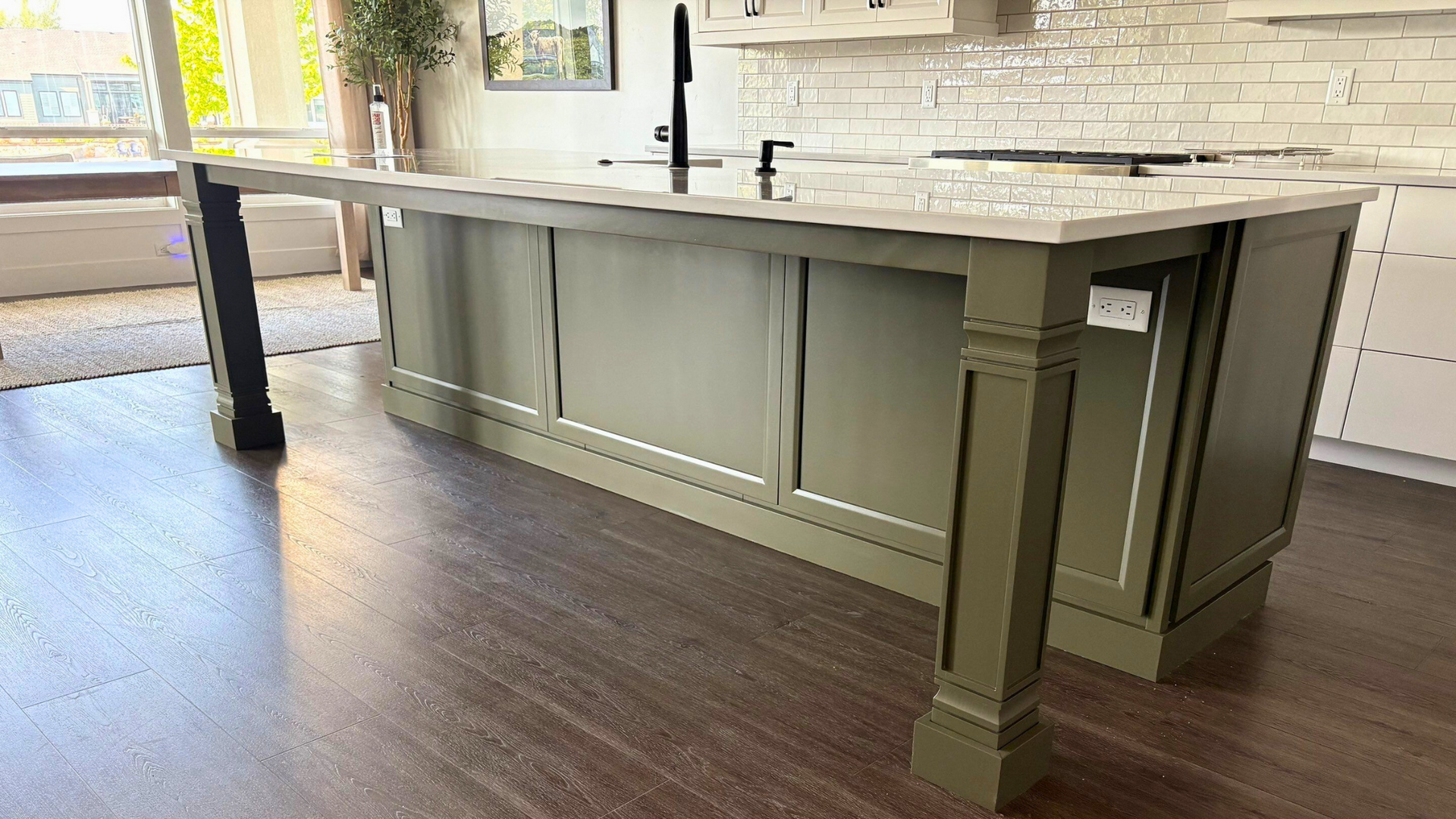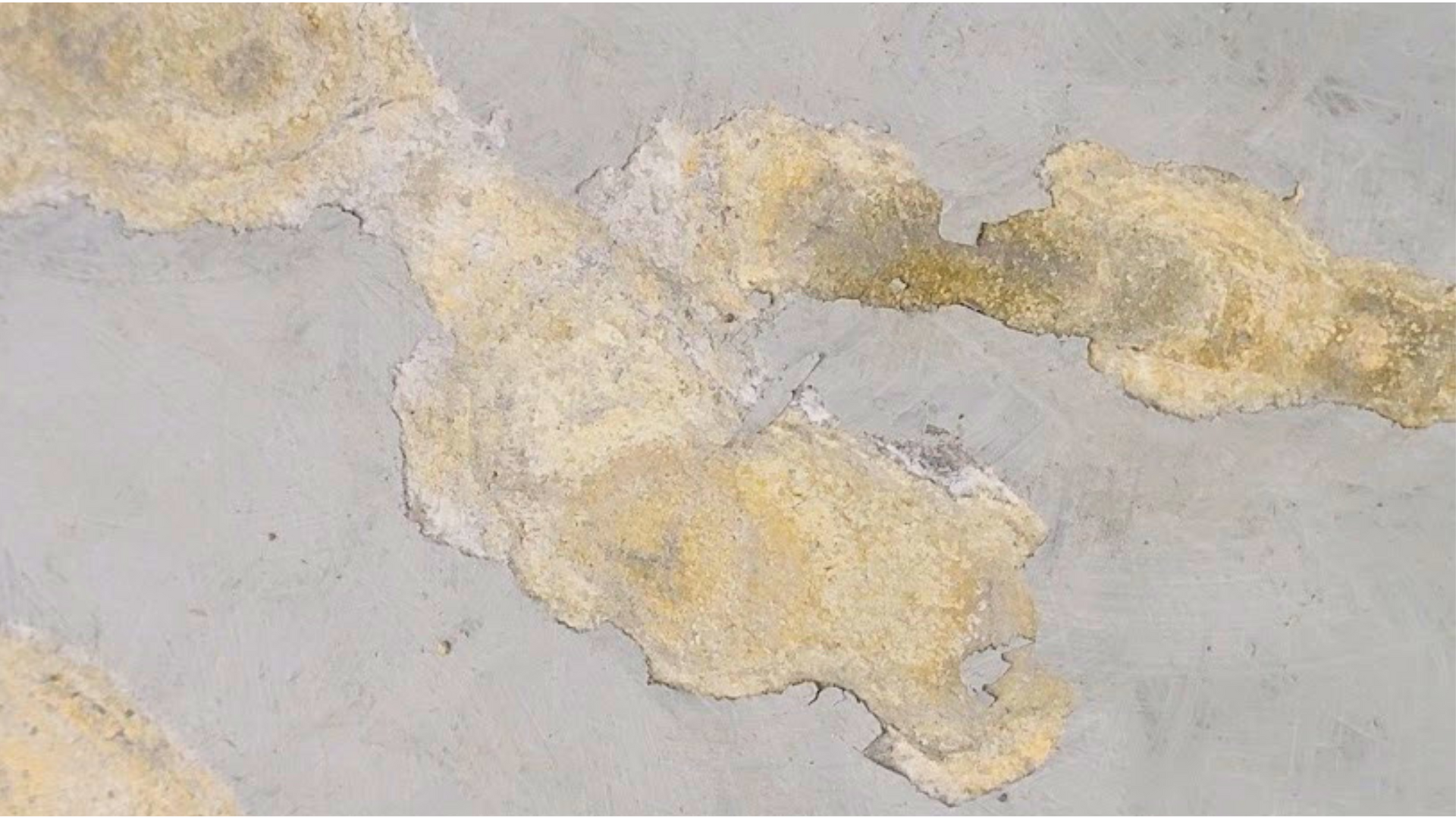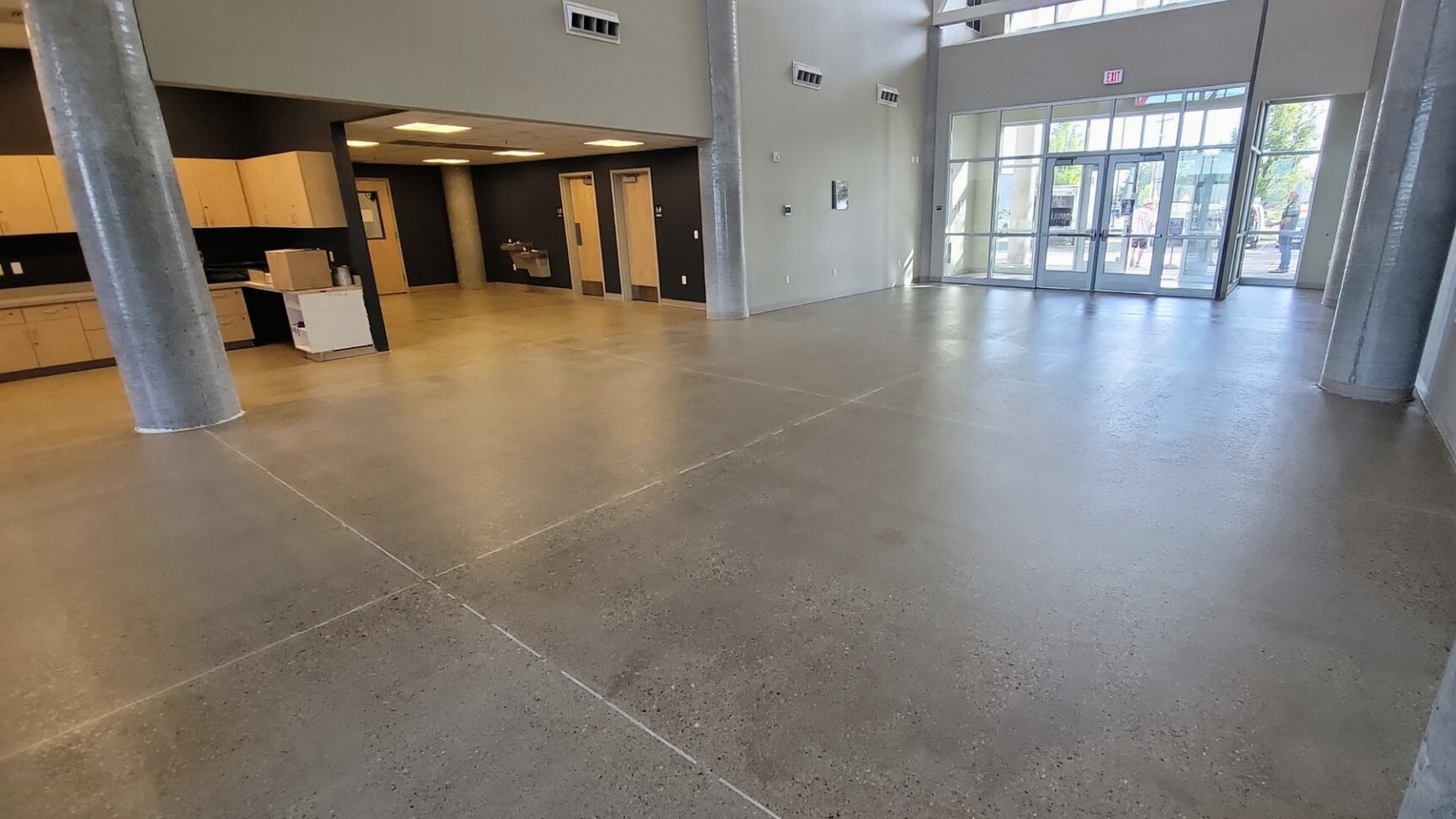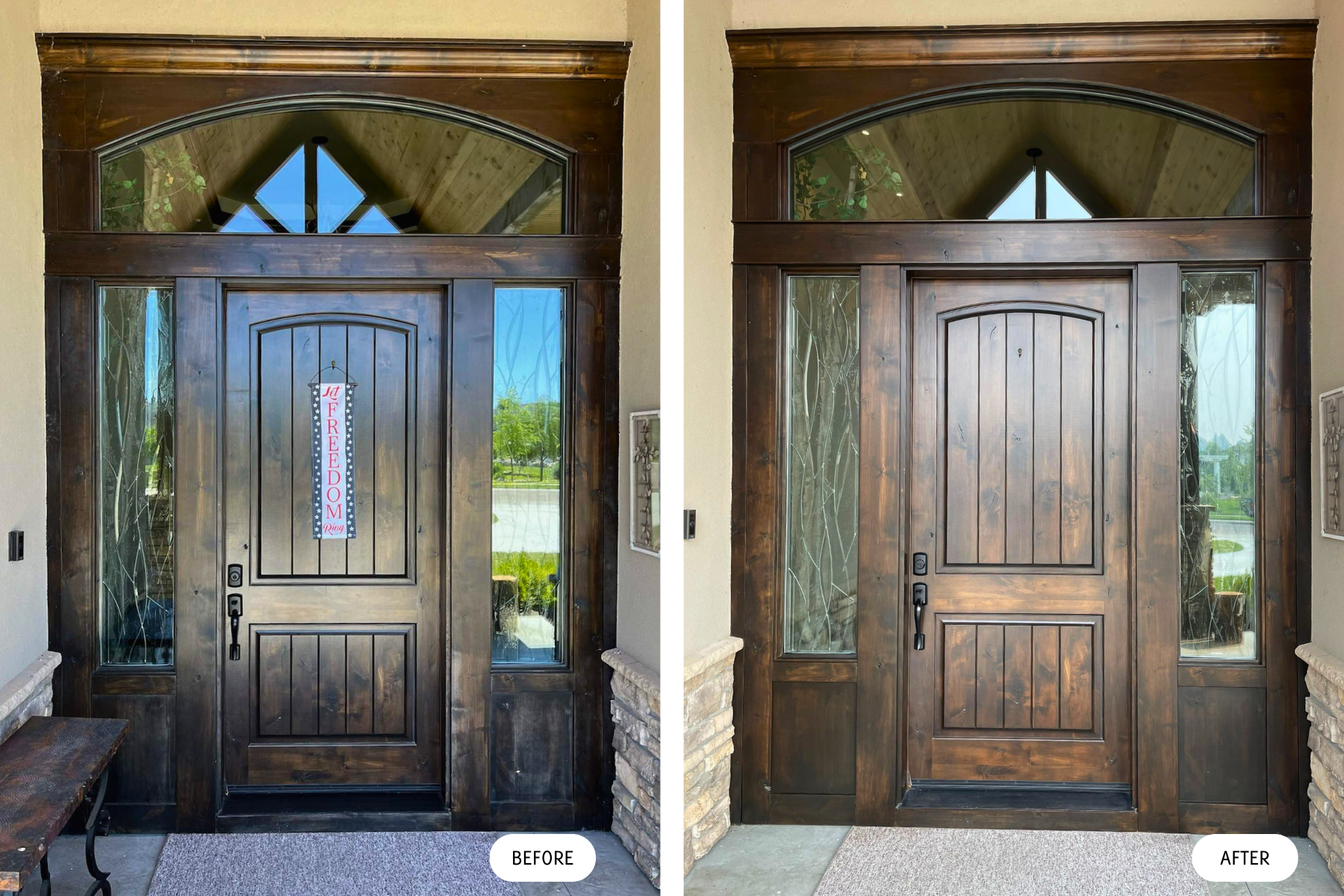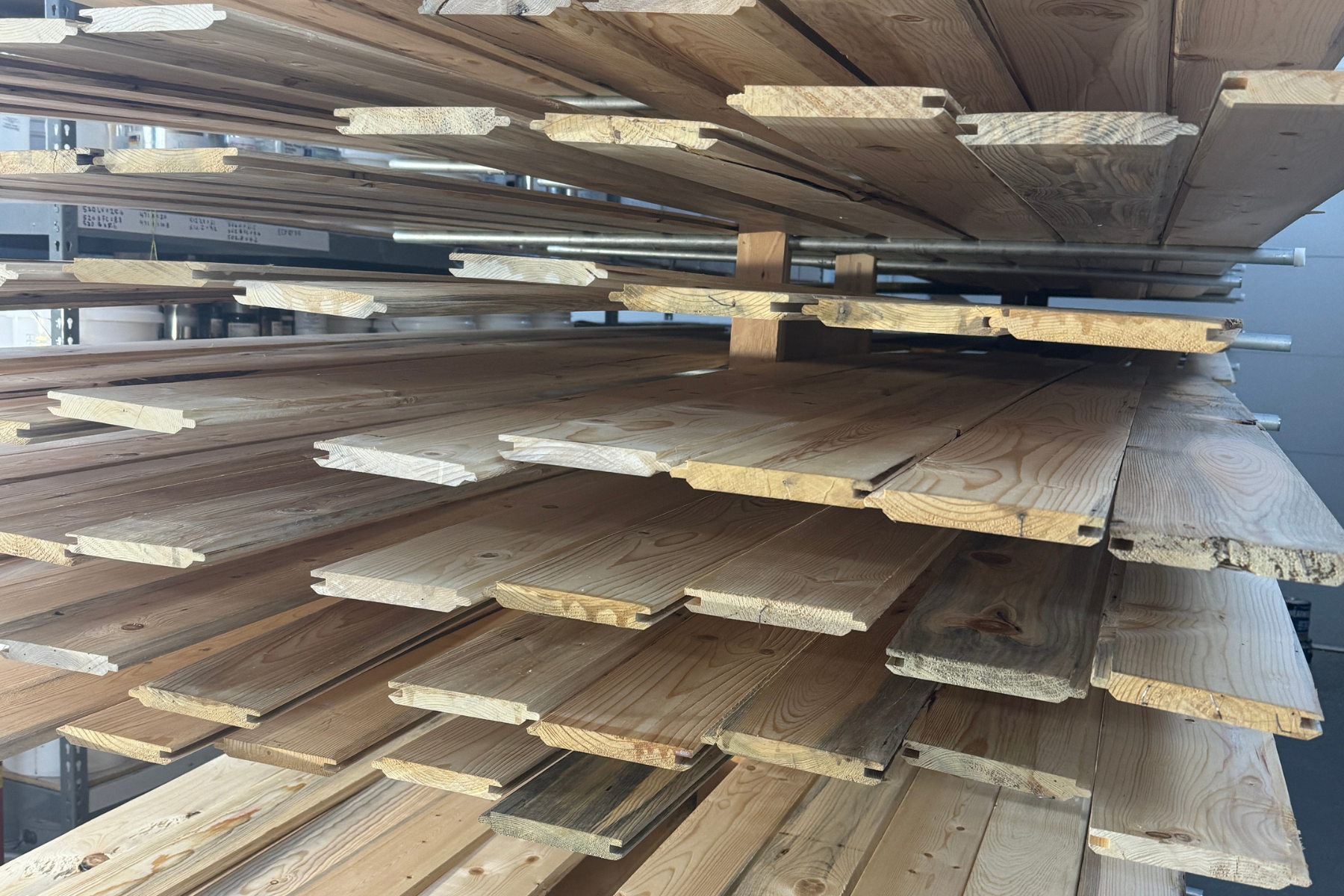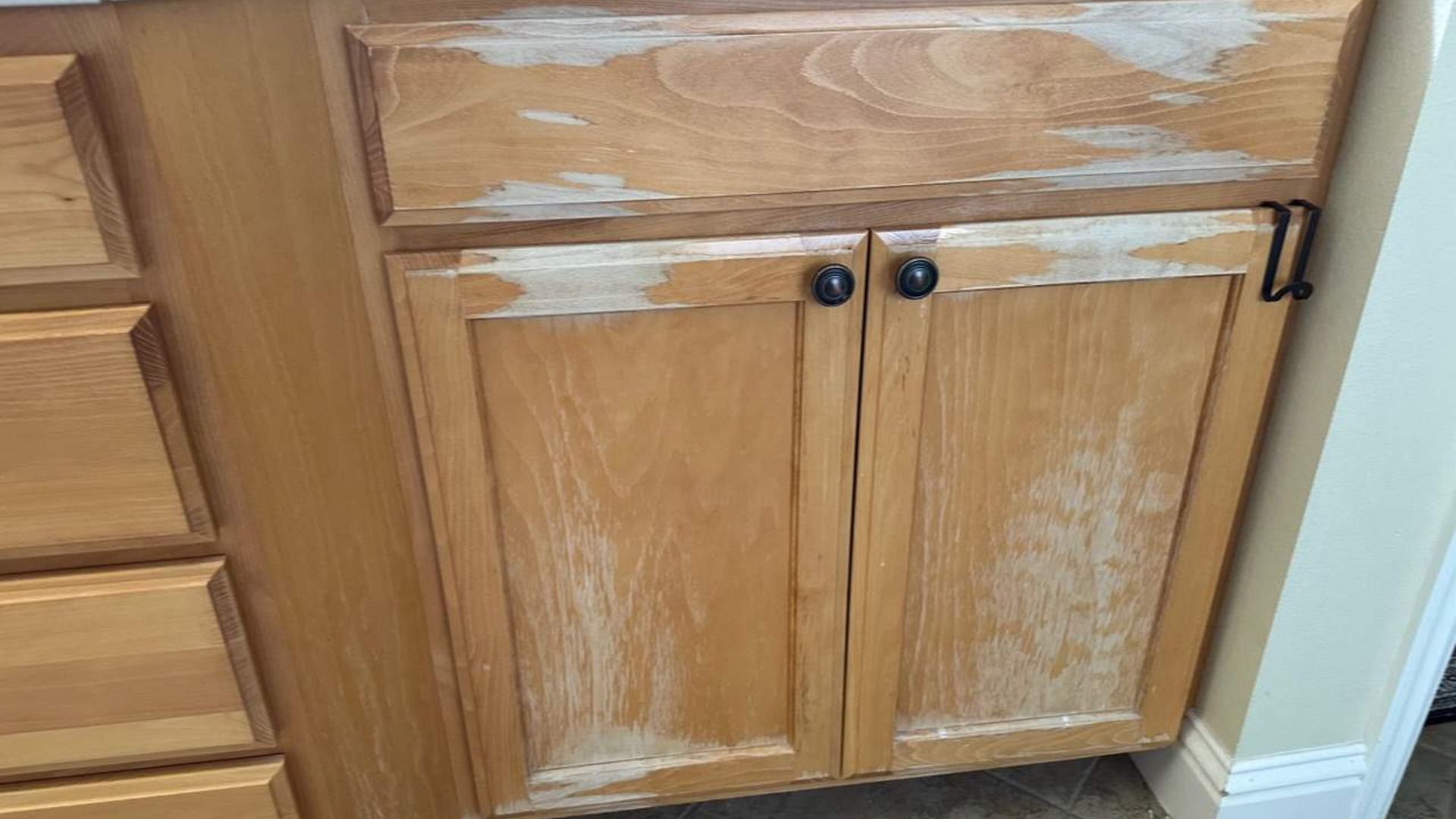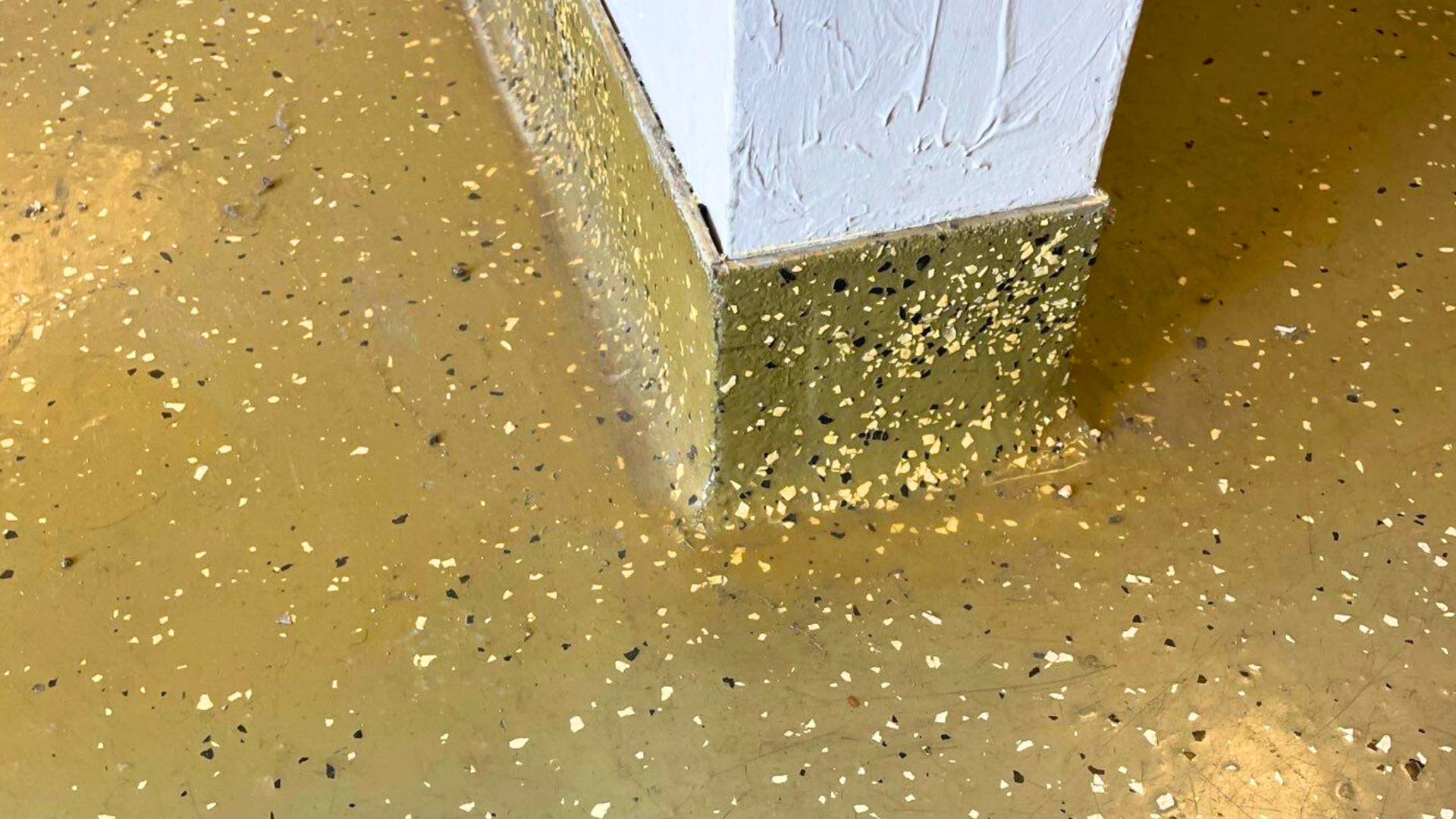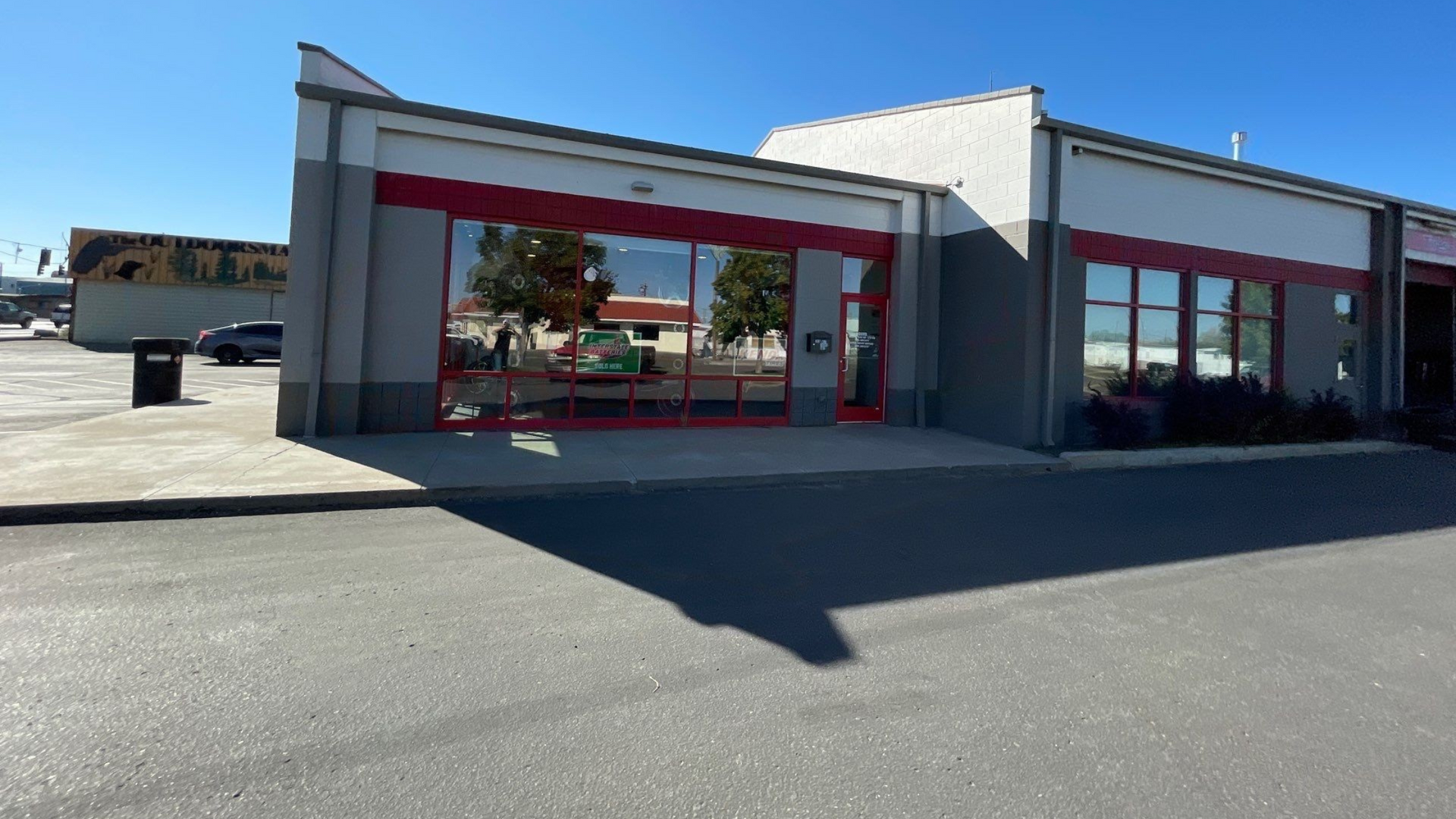What Is Paint?
A Comprehensive Guide to Understanding Paint: Types, Components, and Application Tips
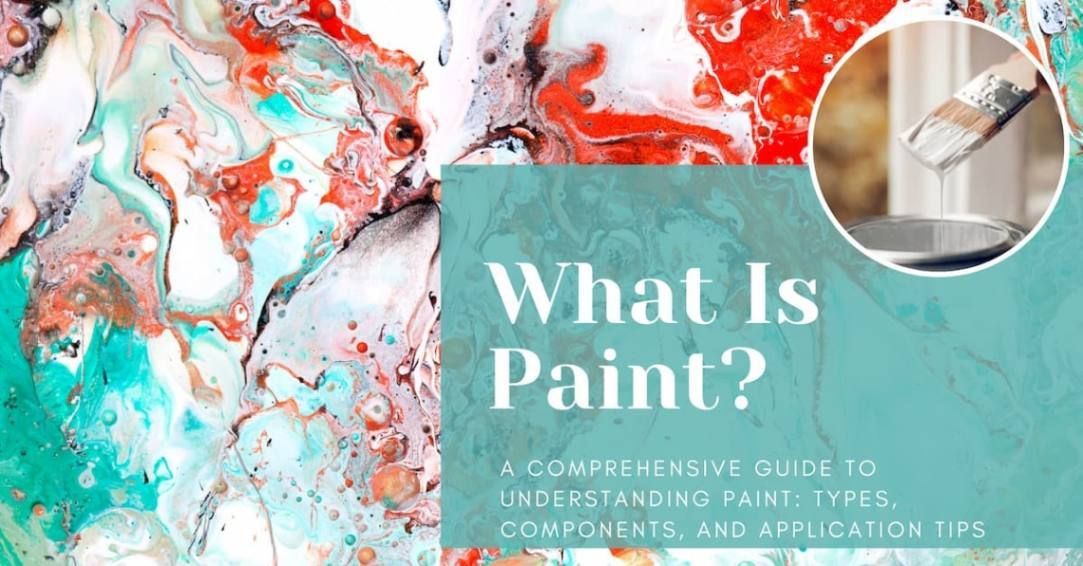
We have all either painted something or hired a painter at some point. But have you ever wondered, what is paint exactly? Well, the technical explanation would be that paint is a ubiquitous material that is used to add color, protection, and decoration to a wide variety of surfaces and that it’s been used for thousands of years, and today there are many different types of paint available for different applications. In this blog we aim to explore and explain the history of paint, the different types of paint available, how it is made, and how to use it.
A Brief History of Paint
Believe it or not, the history of paint can be traced back to the cave paintings of prehistoric humans, who used natural pigments such as charcoal and ochre to create images on the walls of their caves. In ancient times, the Egyptians and Greeks used paint to decorate their buildings, pottery, and even their bodies.
During the Renaissance, artists such as Leonardo da Vinci and Michelangelo used oil paint to create some of the most famous paintings in history. Fast forward to the 19th century, when the invention of the paint tube made it possible for artists to easily transport and use paint outdoors, leading to the development of impressionism and other artistic movements.
Today, in the 21st century, paint is used for a wide range of applications, from painting homes and buildings to creating art and industrial coatings.
Types of Paint
There are many different types of paint available, each with its own unique properties and characteristics. Here are some of the most common types of paint:
- Latex Paint: Latex paint is a water-based paint that is easy to clean up and dries quickly. It is the most popular type of paint for interior walls and ceilings.
- Oil-Based Paint: Oil-based paint is a type of paint that uses oil as the binder. It is more durable than latex paint and is ideal for painting surfaces that are exposed to moisture or frequent wear and tear.
- Acrylic Paint: Acrylic paint is a water-based paint that is known for its fast-drying properties and vibrant colors. It is often used for painting on canvas and other surfaces.
- Enamel Paint: Enamel paint is a type of oil-based paint that is known for its hard, glossy finish. It is often used for painting furniture, cabinets, and trim.
- Spray Paint: Spray paint is a type of paint that is applied through a spray can or gun. It is often used for painting metal surfaces and can be applied quickly and easily.
How Paint is Made?
Paint is made up of several key components, including pigment, binder, solvent, and additives. Here's a brief overview of each component:
- Pigment: Pigment is the color component of paint. It is made up of small particles that give the paint its color. Different pigments are used and blended to make up different colors.
- Binder: The binder is the component of paint that holds the pigment particles together and adheres, aka “binds” them to the surface being painted. Different types of binders are used for different types of paint.
- Solvent: The solvent is the liquid component of paint that allows it to be applied in a liquid form. It evaporates as the paint dries, leaving behind the pigment and binder.
- Additives: Additives are additional components that are added to paint to improve its performance. Some common additives include antimicrobial agents, UV stabilizers, and thickeners.
Paint is typically made by mixing the pigment and binder together, and then adding the solvent and any necessary additives. The mixture is then stirred until it is smooth and free of lumps.
How to Use Paint
Using paint is a straightforward process, but there are a few things to keep in mind to ensure that you get the best results. Here are some tips for using paint:
- Prepare the Surface: Before painting, it's important to prepare the surface by cleaning it thoroughly and making any necessary repairs. This will ensure that the paint adheres properly and looks its best.
- Choose the Right Type of Paint: As we mentioned earlier, there are many different types of paint available, and choosing the right one for your project is key. Consider the surface you will be painting, the level of durability you require, and the desired finish when selecting your paint.
- Use the Right Tools: The tools you use to apply the paint can make a big difference in the final result. Use high-quality brushes and rollers that are appropriate for the type of paint you are using.
- Apply the Paint Evenly: When applying paint, it's important to apply it evenly to avoid drips, streaks, and other imperfections. Use long, smooth strokes and avoid overworking the paint.
- Allow for Adequate Drying Time: Paint takes time to dry, and rushing the process can lead to problems such as smudging and sticking. Follow the manufacturer's instructions for drying times and allow for adequate ventilation.
Conclusion
Paint is an essential material that has been used for thousands of years for a wide range of applications. It understandably has evolved as most things do, since early man used it in cave paintings. In today's world, it is used in hundreds, if not thousands of applications and industries in all its forms. We hope you found this article about “What is Paint?” both as interesting and informational as we do.

